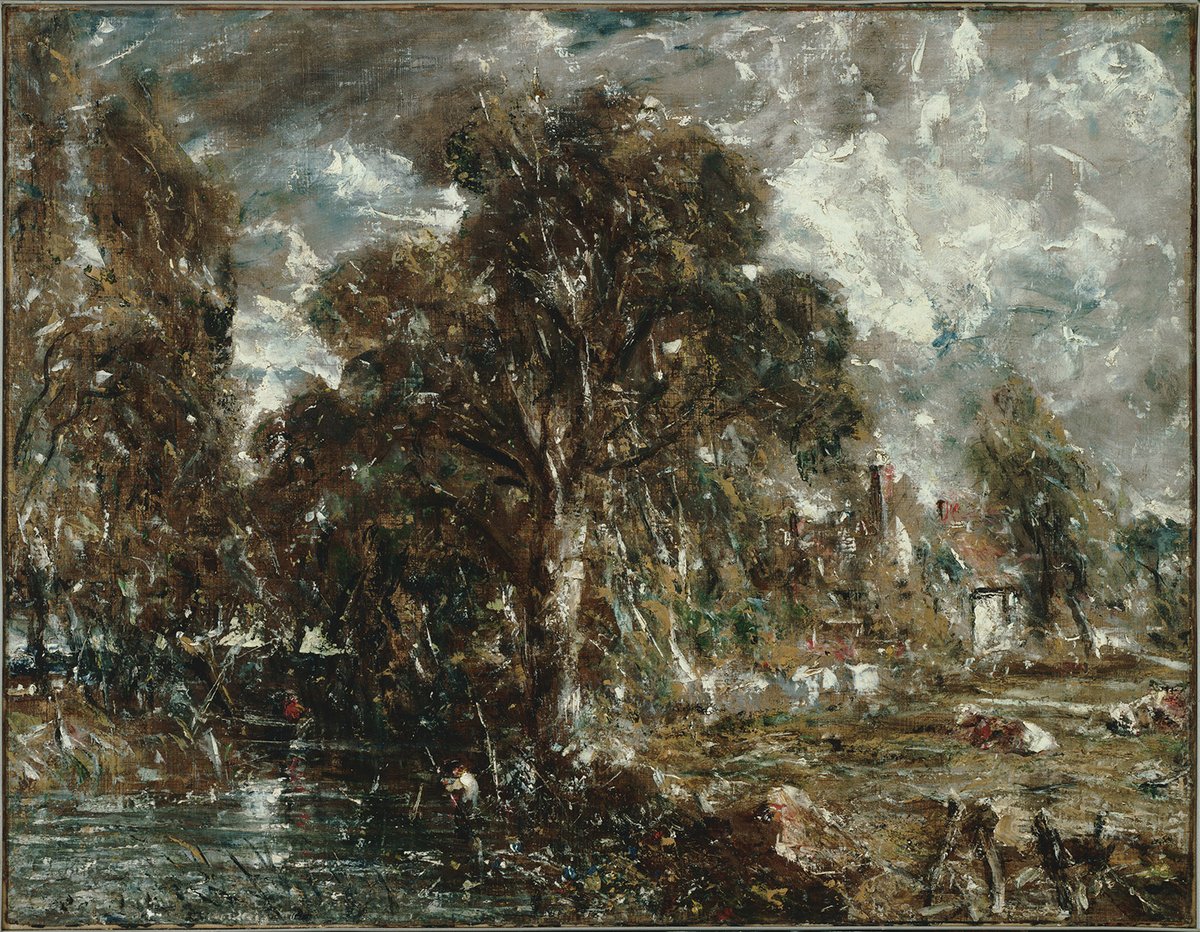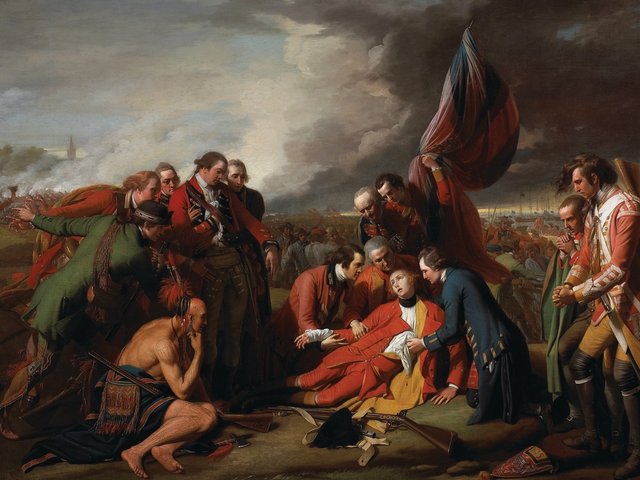Lateness seems to have dogged the career of John Constable from the start. Despite the closeness of their ages, his great rival J.M.W. Turner had already exhibited his first oil painting in 1796 at the Royal Academy of Arts (RA), while Constable had yet to enter the RA Schools. And it took until 1829, when Constable was 52 years old, for him to be elected a full Academician. As the first RA monographic exhibition on the artist and the first to focus on this specific period, even Late Constable—as noted by the RA president Rebecca Salter in her foreword to this publication—is “similarly overdue”.
“Early” and “late” in relation to artists are familiar concepts. But as former Tate Constable specialist Anne Lyles observes in her excellent introductory essay, identifying the starting point for an artist’s late period can be problematic, even arbitrary: is it simply a matter of age and death, or specific developments and departures in style, media or subject matter? Or all of the above?
With Late Constable, the chosen start date is The Leaping Horse of 1825, the last of the six-foot Suffolk river scenes (the focus of Lyles’s exhibition and catalogue Constable: The Great Landscapes, Tate 2006), and ends in 1837 with Constable’s unexpected death at the age of 60. During this time, as Lyles argues, Constable departed dramatically from the topographical accuracy and “truth to nature” that characterised his early work, to a more emphatically synthetic form of picture-making. At the same time, Constable diversified his output and subject matter, such as the ambitious coastal scenes, Chain Pier, Brighton (1827, Tate) and Hadleigh Castle (1829, Yale Center for British Art), and the modern historical subject of the Opening of Waterloo Bridge (1832, Tate). As Matthew Hargraves discusses in the second essay, he also gave greater emphasis to the medium of watercolour, including ambitious exhibition works, while alighting on printmaking as a means of promoting his art. And in tandem with his RA status, he experimented with new and overt connections with the Old Masters.
“Constable’s brushwork is arguably the most exciting and radical aspect of his late style”
Intriguingly, as Constable’s subject matter shifted towards the conservative and conventional—the “picturesque” of The Cornfield (1826, National Gallery), ladled, as the artist put it, with “eye salve”, and the “sublime” of Salisbury Cathedral from the Meadows (1831, Tate)—his style and technique became ever more expressive and thus unconventional: indeed, Constable’s brushwork is arguably the most exciting and (in art historical terms) radical aspect of his late style, with dynamic handling deployed deliberately, quoting Lyles, as a “surrogate for nature’s own movement and flux”. While this gives the impression of an artist burning with purpose and conviction, perhaps unsurprisingly, it seems the more experimental he was, the more he was unable to leave paintings well alone. This reputation for overworking canvases in later life perhaps inevitably leads us to the now famous “confrontation” between Constable and Turner at the RA annual exhibition of 1832, evocatively brought to life in Mike Leigh’s film Mr. Turner (2014).
In tandem, Constable’s work becomes intensely wrought from the mid-1820s after the death of his close friend Dr John Fisher, his mentor George Beaumont and then, most devastatingly, his beloved wife Maria in 1828. Thus mortality and commemoration are major themes in Late Constable, with The Cenotaph (1836, National Gallery) a memorial to Beaumont, alongside the first president of the RA, Joshua Reynolds, and, as fate would have it, Constable, too.
• Anne Lyles and Matthew Hargraves with contributions from Annette Wickham and Mark Pomeroy, Late Constable, Royal Academy of Arts, 144pp, 100 colour illustrations, £21.95 (hb), published 13 October
• Late Constable, The Royal Academy of Arts, London, until 13 February 2022
• Christine Riding is the head of the curatorial department and curator of British paintings at the National Gallery, London. She was lead curator and author of Turner and the Sea (Royal Museums Greenwich/Thames & Hudson 2013) and is the curator of the forthcoming Kehinde Wiley: The Prelude and Gainsborough’s Blue Boy exhibitions at the National Gallery



